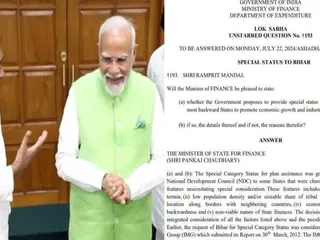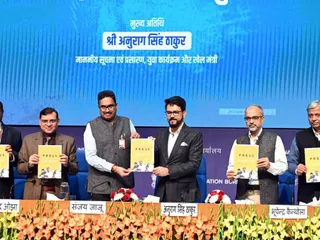The process of parliamentary approval, or legislative enactment, varies slightly depending on the specific parliamentary system (e.g., Westminster, Presidential). However, common stages generally include:
Key Stages of Parliamentary Approval:
- Bill Introduction: A bill, or proposed law, is introduced by a member of parliament (MP) or a government minister.
- First Reading: The bill is formally presented to the parliament. This is often a formality.
- Second Reading: A debate takes place on the principles of the bill. MPs vote on whether the bill should proceed.
- Committee Stage: The bill is examined clause by clause in a committee. Amendments are proposed and debated.
- Report Stage: Any amendments made in committee are considered by the whole parliament.
- Third Reading: A final debate and vote takes place on the amended bill.
- Passage to the Other House (if bicameral): If the parliament is bicameral (has two houses), the bill is passed to the other house for a similar process.
- Royal Assent (or Equivalent): The bill receives formal approval from the head of state (e.g., monarch or president), officially making it law.
Factors Influencing Parliamentary Approval:
The success of a bill hinges on several factors, including:
- Government Support: Bills introduced by the governing party generally have a greater chance of success.
- Public Opinion: Public support can significantly influence MPs' votes.
- Lobbying: Interest groups can lobby MPs to support or oppose a bill.
- Media Coverage: Media attention can shape public and parliamentary opinion.
This guide provides a general overview. The specific procedures can vary significantly between countries and even within the same country over time.
For more detailed information on specific parliamentary systems, please consult resources such as the websites of individual parliaments or academic journals on political science.































